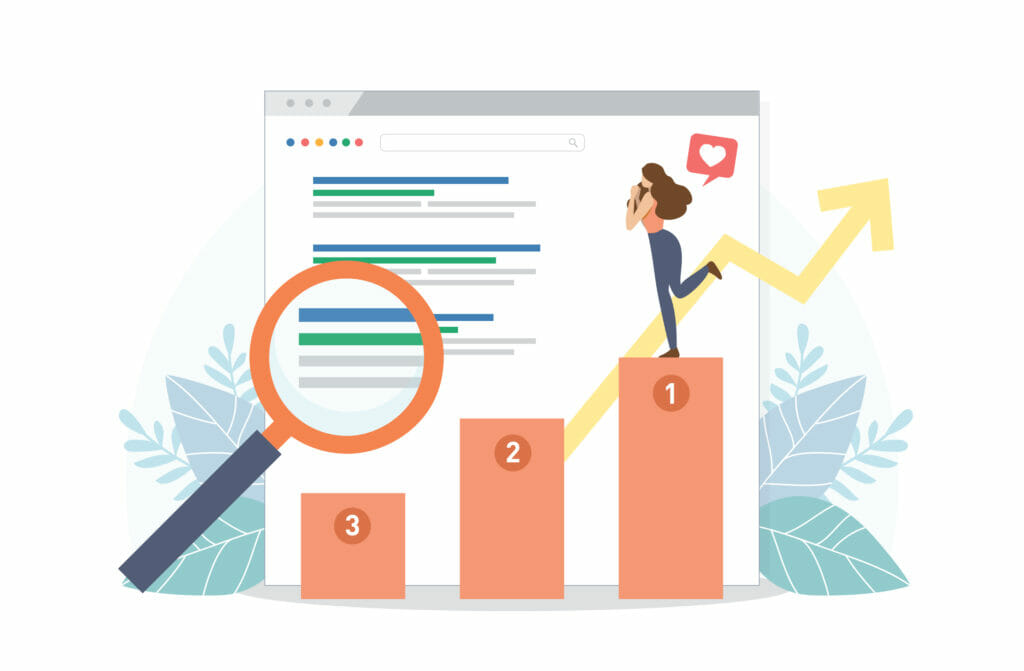It is no surprise that automation is now a norm in the PPC world. These days, as advertisers call for more granularity and depth, advertising platforms accept their requests by creating increasingly complex features which need more automation for their usage. This isn’t only pragmatic but also very much welcome. Giving machines the chance to focus on execution, denotes that we can spend most of our time on activities that only humans can suitably do, such as strategizing and advertising. Nevertheless, as we have broadened our focus, we begin to lose oversight of one of the most important parts of our campaigns, which is our rank.
Why is Rank Relevant?
Rank is used to determine the position of adverts relative to other adverts, but it is also used for more important things. It is used to determine if an ad shows up at all. Although it is a very important element in an account, most people do not still talk about it as often because of some reasons.
Sometimes, people see the term rank to be similar to the average position. During the period Google stopped the average position metric some years ago, people began to rarely have conversations about rank.
The ever-increasing complexity in these advertising platforms has continued to make us have fragmented attention. We do not have enough bandwidth to manage something that’s at least seen to be managing itself.
When our major success metric is efficiency, how our adverts are serving is solely as important as us being able to set our account budget. If there’s no issue with spending, no questions will be asked.
We have too much trust in automation. If the volume of a campaign is low, we feel it is for reasons we can’t control. We are either reluctant to question the relevance of automation, or we are especially entrenched in automation that we do not even think about it at all.
How Rank is Affected By Automation
We’ve got valid reasons why people don’t really think about rank, and it’s not that important if not for the fact that our daily automation bidding strategies bid way too conservatively, which inherently limits our volume. Then think about the compounding effect of continuous optimization schedules that further refine and limit an account, which already has a limited volume. Campaigns that use automated bidding will eventually end up being shown to just a sheer amount of the total audience. Without specifically focusing on improving rank and scale, all optimization made on a particular campaign brings it a little bit closer to irrelevance.
How Can You Make Automation Work for You?
It’s now very clear that the individuals who manage paid accounts are required to rethink automation. In this case, there is no thinking of whether to use it or not; it has clear benefits. What we are to consider is the way we can use automation in a better way without limiting our audience artificially. We’ve got some options to test, and they range from easy to complex:
- Trying out unconventional automated bid strategies.
- Trying out unconventional combinations of goals and values.
- Testing for growth opportunity simply by briefly making your account a tessellation of mini-campaigns, then recombining them with up-to-date settings.
Making use of any of the aforementioned strategies will most likely have a positive impact on your rank and help with retaining efficiency well, but the best way to safely do it is the one that gives room for the most manual control. This is the type where you can manage it yourself by breaking down your campaigns into several components so you can have the clearest line of sight into opportunities to grow.
|
Recommended posts
|


